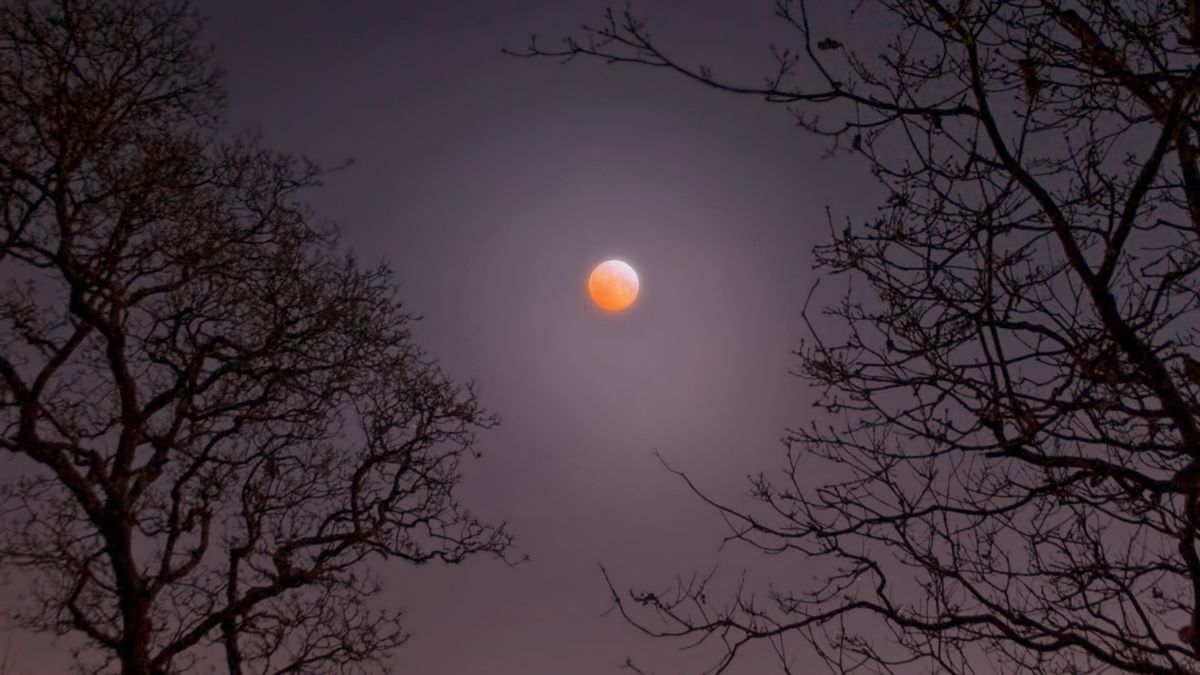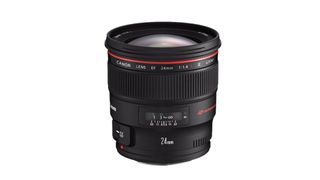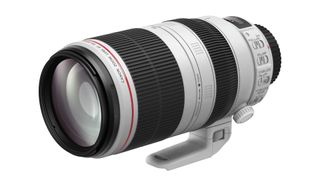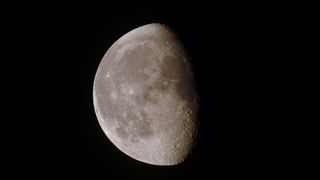It has never been much easier to photograph the moon, many thanks to the introduction of electronic digicam technology. This common sight in our skies – our closest neighbor in space – is a excellent object to start with if you’re a rookie wanting to get into the broader universe of astrophotography.
If you have a smartphone, it truly is likely that you’ve already tried your hand at photographing the moon, with remarkably respectable effects. Even so, if you are eager to start off capturing several of the craters, mountains and valleys that litter the lunar area you will have to have one thing far more sizeable. This is where by a DSLR (or mirrorless) digicam will come into its personal. With a few of superior lenses and a tripod you can easily start out capturing outstanding lunar pics.
Cameras and lenses: Matters to consider
When it comes to choosing cameras and lenses there are a couple of significant factors to think about. For starters, a top conclude pricey digital camera is not important to reach fantastic final results. It would be much better to shell out fewer on the digicam overall body and extra on purchasing higher top quality lenses, since impression sharpness and great color correction are critical for top high quality success.
There are a couple of various places of lunar pictures, which call for diverse techniques. These distinct locations are:
- Huge-discipline, landscape centered images with the moon in the scene
- Wide-subject conjunction visuals where the moon is close to just one or extra of the brighter planets (Venus, Mars, Jupiter etcetera.)
- High resolution lunar images
- Lunar eclipse photography
Large-discipline photographic work will involve lenses of all around 10-50mm focal length. A significant-good quality, large area zoom lens is a terrific preference for this form of pictures, as they give you flexibility when it comes to framing the scene. Typically, most package lenses offer this variety of focal vary, so you’re probably presently good to go in this article. Steer obvious of lessen high quality, low-priced lenses if possible. This will aid you stay away from difficulties these as chromatic aberration, where by fantastic details can show up smeared and brilliant objects (these kinds of as the moon) are marred with spurious shades.
A superior high-quality, telephoto lens is required for high resolution pictures – some thing all over the 200-400mm focal size is perfect. All over again, as with vast-field do the job, normally try out and use a fantastic excellent lens. Telephoto lenses can expose a appreciable total of depth across the lunar disk, together with craters on the surface area. Telephoto and supertelephoto lenses are pricey, although, so there are a couple of tips you can check out to get more out of typical and 200mm zoom lenses.
You will almost certainly be equipped to get a 1.4x or 2x teleconverter that will enhance your optimum zoom (generally at the charge of aperture width). That’s a very good answer for capturing the moon, as you is not going to essentially need to have the reduced f-quantities. A much less efficient way to do it (even though probable much less expensive even now) is by using gain of the crop issue of APS-C lenses on full-body cameras, but we will cover this much more elaborate course of action in a forthcoming guideline.
Extensive-area photography
When it arrives to taking wide-field lunar photos, which typically include some terrestrial foreground, there are numerous details to take into account. The digicam should really be mounted to a business tripod to enable you to diligently frame the scene you want. Composition of the scene is essential to very good success, and it can be truly worth traveling out into the countryside if you live in a developed up city place.
Normally you will be capturing at quite reduced ISO of 100-400 to retain noise to a bare minimum. A distant cable launch is valuable – but not essential – given that you can also use the camera self-timer to avoid camera shake when having the pictures. Target the scene cautiously – vehicle concentrate routines commonly get the job done effectively, but if not check out manual concentrating utilizing your ‘Live View’ element. Exposure situations will vary based upon the lighting ailment, and simply because you are shooting a wide-discipline, you might be not likely to get as significantly depth on the moon so as long as you might be taking pictures in between f/6.5 and f/9 you are going to get a properly balanced shot. You require to shell out extra focus to the publicity when taking pictures a near-up, as we are going to explore below.
Normally the finest situations to shoot these broader subject lunar photographs are all through sunset or dawn when the moon presents a crescent stage in the twilight sky, or when the moon is positioned shut to a single of the brighter planets. Moonrise and moonset images generate particularly hanging visuals, with the deep red lunar disk presented versus a foreground scene.
Extensive lenses are also handy if you’re hunting to capture pictures of the evening sky, which is yet another very good starting up stage for budding astrophotographers. For far more tips on how to method this, have a glimpse as a result of our astrophotography for newbies guideline.
Shooting close-ups
Close-up images current lots of various things to consider. For shooting at high focal lengths a great steady tripod is useful, but you also require to aim the graphic meticulously. We want utilizing the ‘Live View’ element for close-ups and zooming in to seriously get a apparent watch of what the digicam is viewing.
The phase of the moon alone will engage in a vital purpose in the overall look of attributes that are noticeable in shut-up pictures. When the moon is near to whole, the disk can search very flat owing to the directing photo voltaic lighting. A greater time to try out getting close-up shots is when the moon is very well away from currently being comprehensive – around 50 percent stage. It is at these moments the lights across the lunar area truly delivers out the rugged lunar topography of the area, which is dotted with shadow-filled craters and valleys.
For digicam options, ISO once again is usually low (100-400) and exposure periods are brief. Of training course this will fluctuate depending upon the lunar period and focal ratio you are shooting at. When taking pictures these types of photos it is constantly a very good concept to stop down the f-ratio a little, as several lenses generate their sharpest illustrations or photos when not large open up (making use of f/4 to f/9 in its place of f/2.8 for illustration). Consider to try to remember that the moon is a relocating item (it travels at 2,288mph), and the earth is rotating also, so longer exposures would not make the very best final results. For shut-ups we come across the most effective results occur all around 1/125 to 1/500 next, and if you can achieve that with an aperture concerning f/6.5 and f/13, you’ll conclude up with a crisp, apparent photo.
A single exception to the over is lunar eclipses. These arise periodically when the moon becomes possibly partly or wholly emerged inside Earth’s shadow. Throughout this sort of situations the moon often turns a hanging coppery shade, providing increase to the normally made use of ‘blood moon’ description. All through a overall lunar eclipse the moon turns into fainter than ordinary, so extended exposure instances are needed, together with higher ISO configurations.
The moon is a amazing goal to attempt your hand at photographing. With the myriad of cameras and lenses on present now it is doable to attempt your hand at executing this even on a quite modest price range. From wonderful night sunset portraits to near-up sights of the barren and rugged floor, the moon usually has some thing on give to see, for photographers old and new.





